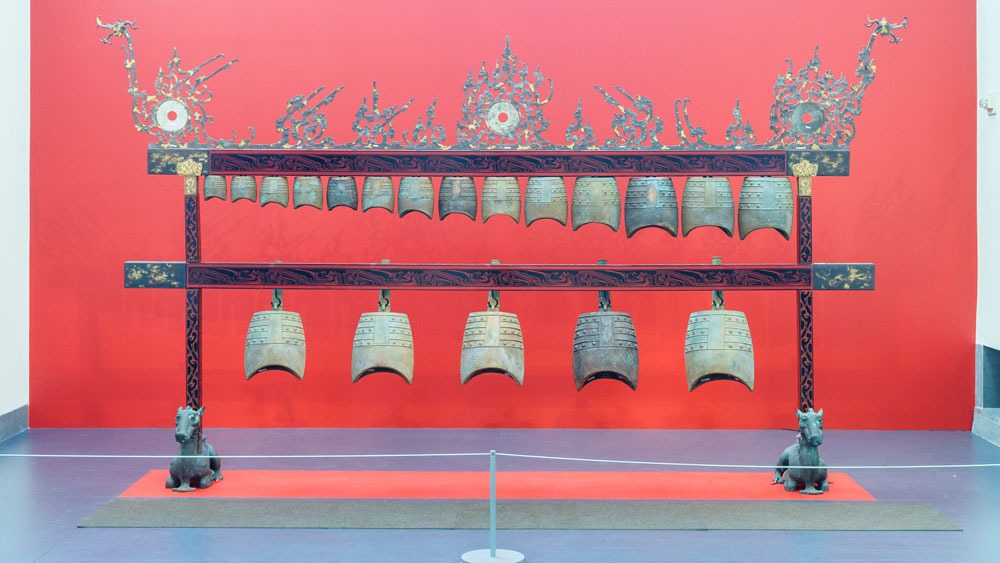
May 12, 2020; Hyperallergic
We love this story by Emily Wilson from Hyperallergic, which highlights a museum in San Francisco that has retooled its entire education program to keep programs running and staff employed.
Deborah Clearwaters is director of interpretation and oversees the education department at San Francisco’s Asian Art Museum, which hosts school groups and puts on public programs. But “interpretation” is broader—more of an emerging field, she says. Getting content to teachers who work with students from kindergarten through college remains a priority, even if that occurs virtually.
So, observes Wilson “unlike other institutions, such as New York’s Museum of Modern Art (MoMA) and the Museum of Contemporary Art (MOCA) in Los Angeles, the Asian Art Museum hasn’t laid off any staff members (full-time, part-time, or contractual), including those in education.”
The museum does face financial challenges. For instance, the museum had planned for May a three-day celebration of an expansion project to add an exhibition pavilion and an art terrace. That, clearly, won’t happen now. Wilson adds, “A capital campaign raised $103 million in private giving and expanded the endowment by $30 million—but the museum, like almost every other major institution, says it is still hurting after being closed for two months.”
But rather than shut down, the museum has ramped up its digital content. Instagram activity, which has included shelter-cooking demos and looks behind the scenes of the museum, has soared 744 percent.
In terms of education, Margaret Yee, manager of school and teacher programs, says they’ve gotten electronic packets out to the 5,000 teachers on their email list for May’s Asian Pacific American Heritage Month, with packets featuring biographies of Ruth Asawa and three other Japanese Americans interned during World War II.
Sign up for our free newsletters
Subscribe to NPQ's newsletters to have our top stories delivered directly to your inbox.
By signing up, you agree to our privacy policy and terms of use, and to receive messages from NPQ and our partners.
School teachers have requested materials for their students; the museum has obliged by including art activities in the packets. They also highlight curriculum elements for teachers, such as a storytelling video collection and a talk that Asian Art Museum director Jay Xu did on works from ancient China.
“Ideally, we’d all be in the galleries looking closely at the artwork,” Yee says. “But we’ve been focused on onsite tours, so people can get excited about art another way, and hopefully it will keep them connected until we can all come back.”
A recent museum webinar with the San Francisco Unified School District, “Hip Hop to Hamilton: Making Art Work,” featured Hamilton’s music director, Lily Ling, and the founder of Hip Hop for Change, Khafre Jay. Yee says the conversation was thought-provoking and relevant.
“It was a message of hope that the arts are what keep us all going. Arts make you a more well-rounded person and whatever profession you go into, art will make you more empathetic. Also, it was a really powerful way to show solidarity between African Americans and Asian Americans when people of color have been disproportionately affected by this pandemic.”
Abby Chen, head of contemporary art at the museum, tells Wilson that for her, one of the key values the museum fulfills is to be a site of cultural production for the community. That’s one reason she sees the museum’s work as so important.
Chen adds, “I view the education department in a prominent role and position in art institutions and blending with the curatorial more seamlessly. Taking action now is way more important than talking about it. We need to embody that vision.”—Steve Dubb













